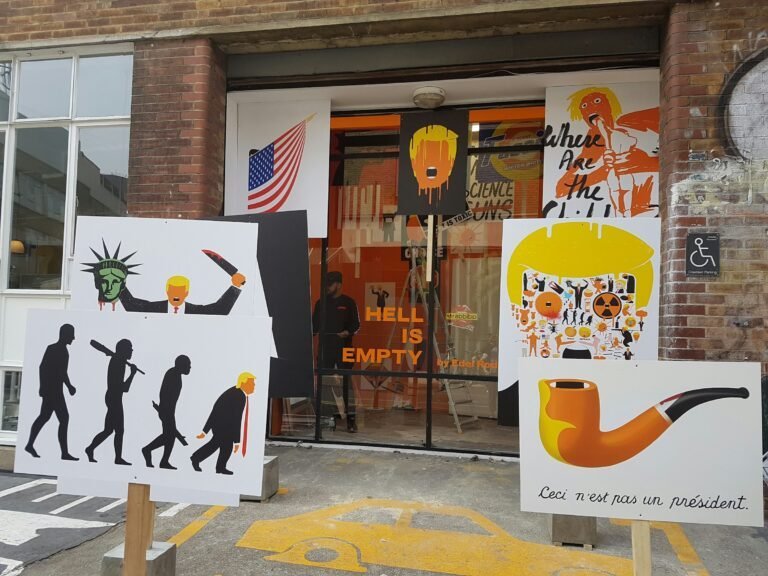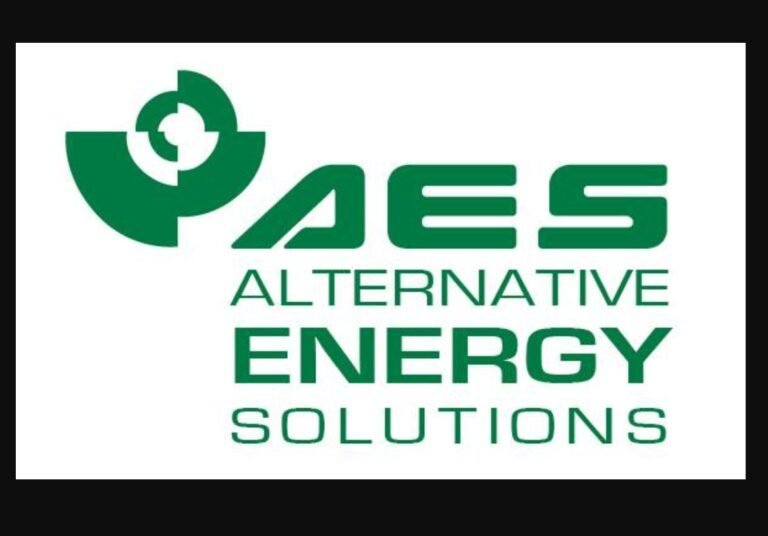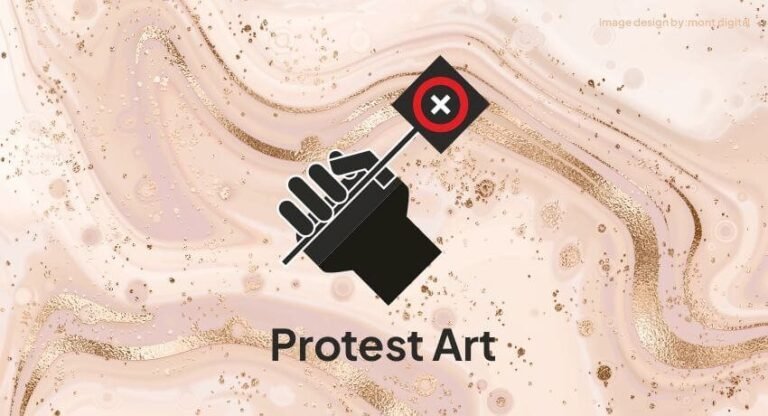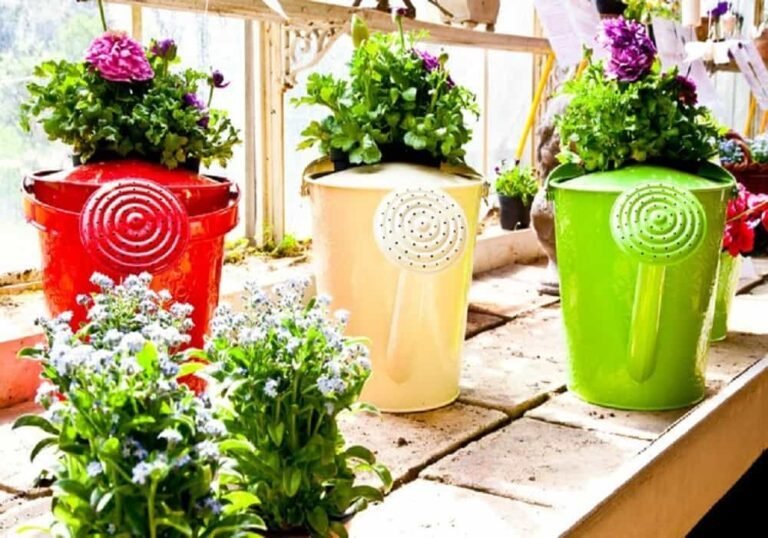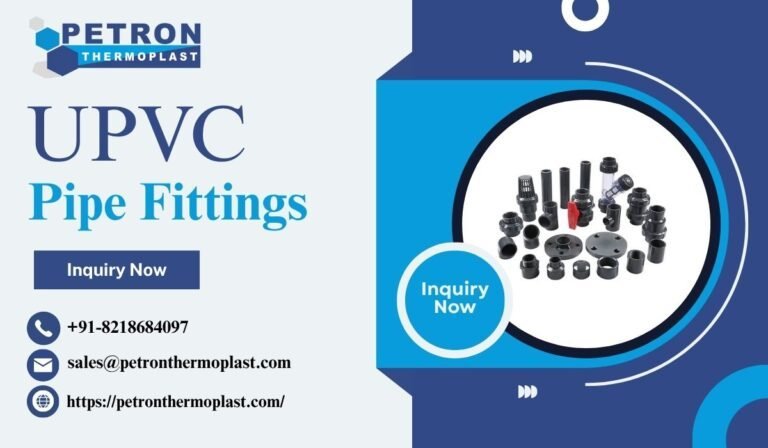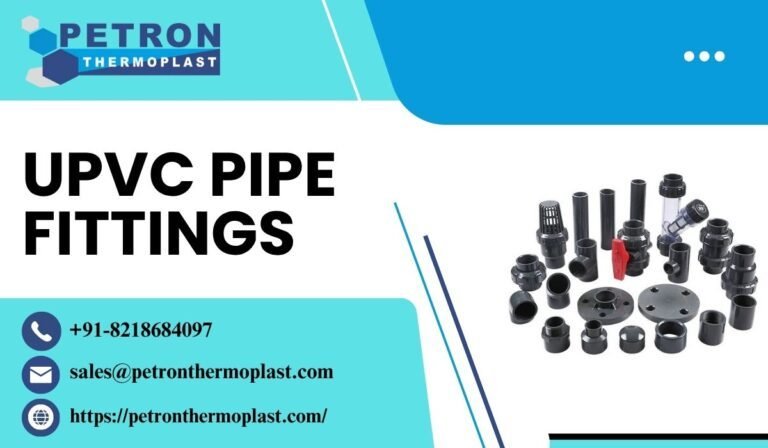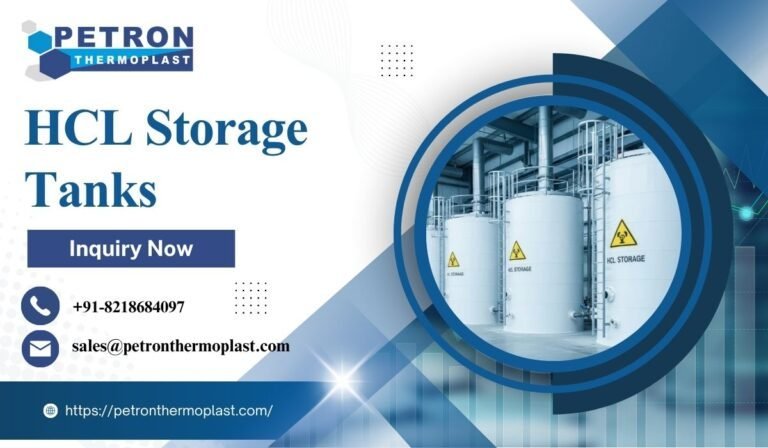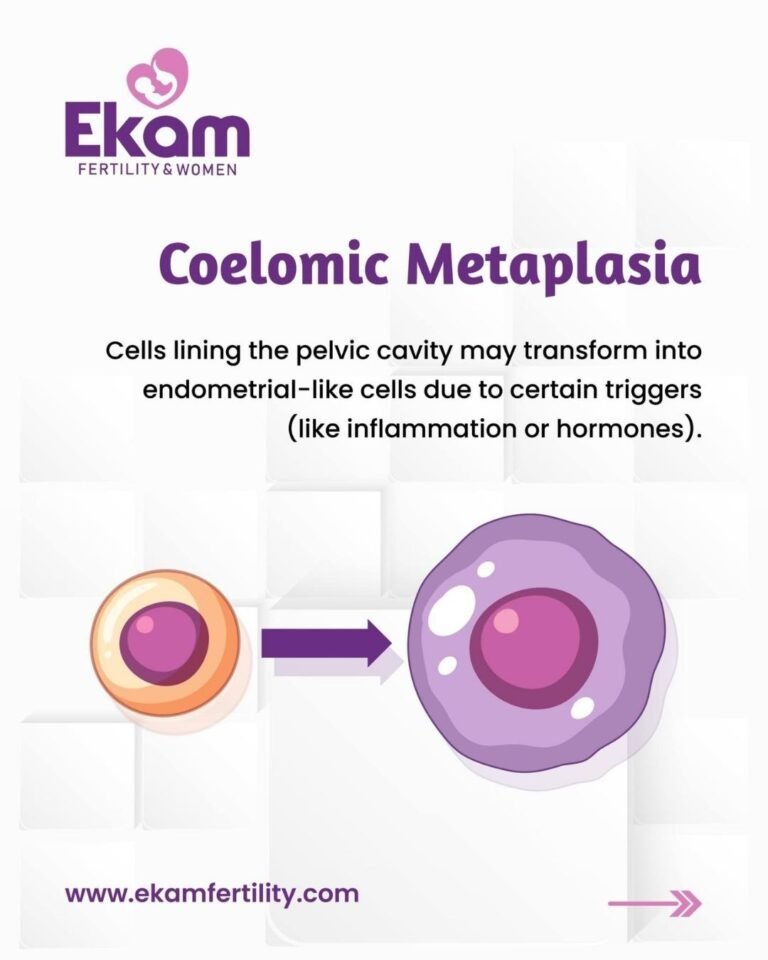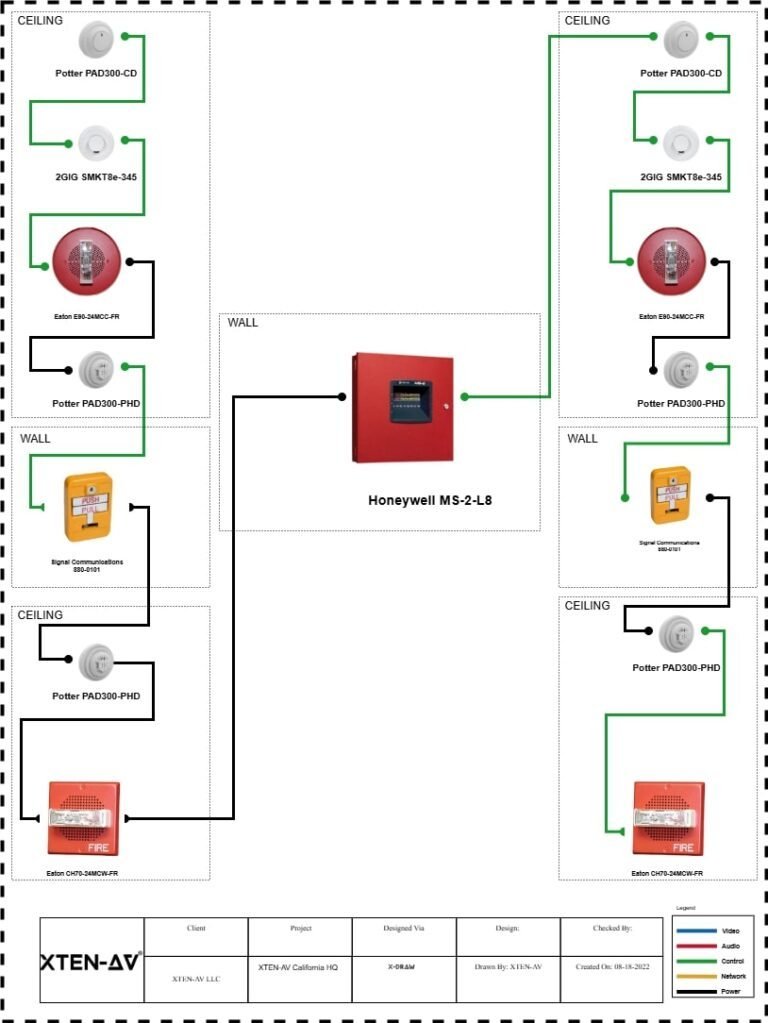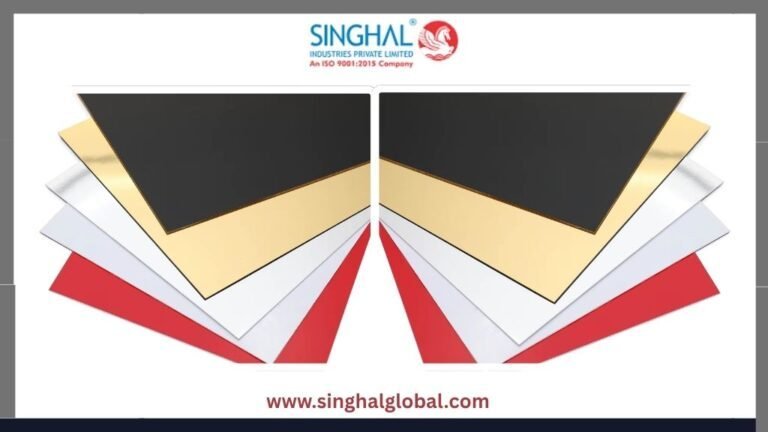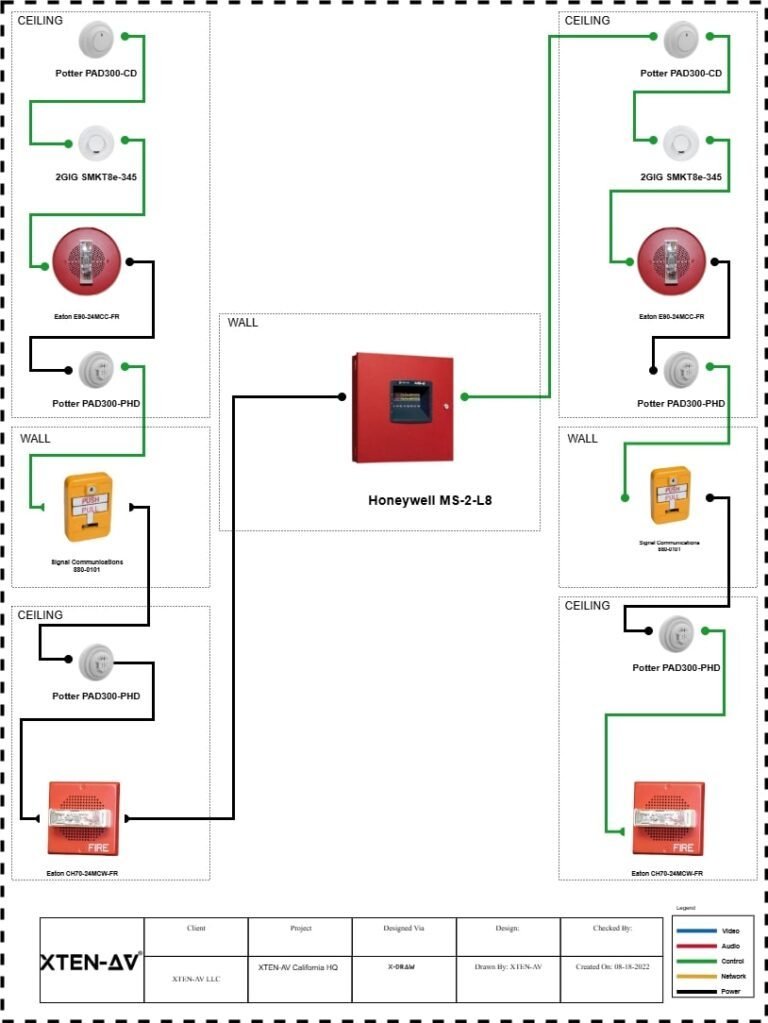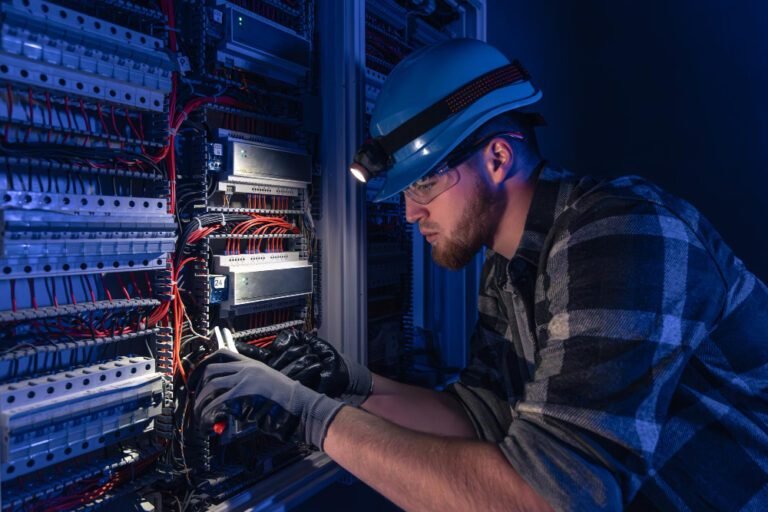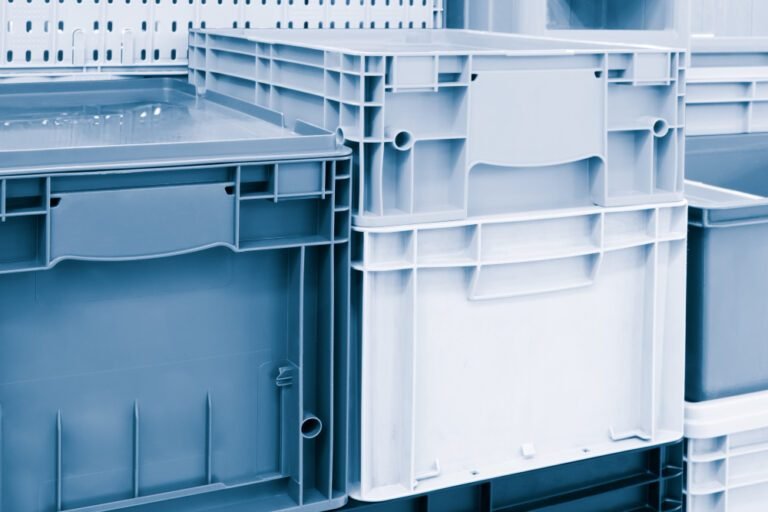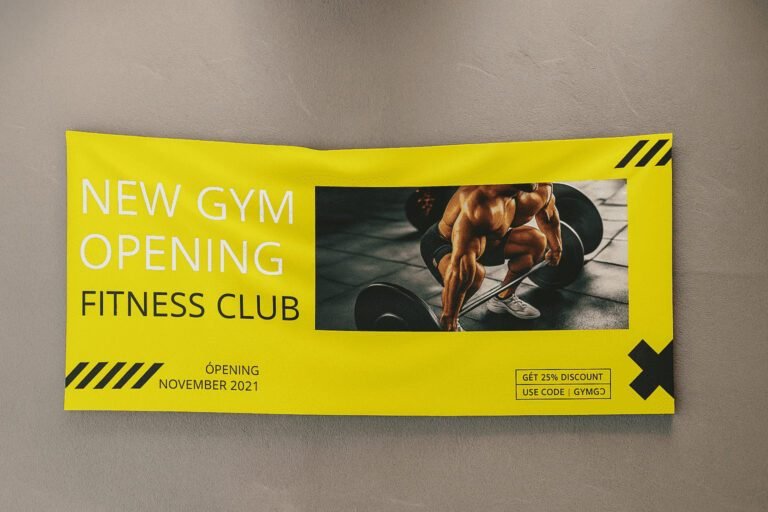In power plants and industrial boilers, Air Preheater (APH) Tubes play a critical role in recovering waste heat and improving combustion efficiency. Since these tubes operate in high-temperature environments and are exposed to flue gases, selecting the right material is crucial for their performance, durability, and safety.
Choosing the wrong material could lead to early tube failure, corrosion, heat loss, and increased maintenance costs. In this blog, we’ll explore the key factors to consider when selecting materials for APH Tubes and highlight the most common material options used in various applications.
What Are APH Tubes?
APH Tubes are the core components of an air preheater, which is a device installed in the path of flue gas exiting the boiler. These tubes transfer heat from the hot flue gases to the incoming combustion air, raising its temperature and improving fuel efficiency in the boiler.
To perform this heat exchange efficiently over long periods, APH Tubes must be made from materials that can resist high temperatures, corrosion, and oxidation while maintaining structural strength.
Why Material Selection Matters
The performance and service life of APH Tubes depend heavily on the type of material used. These tubes are subjected to:
High temperatures (up to 600°C or more)
Corrosive gases (SOx, NOx, CO₂)
Thermal fatigue due to temperature fluctuations
Abrasive particles from ash and soot
A suitable material must offer:
Good heat transfer capability
Resistance to corrosion and oxidation
High mechanical strength and ductility
Affordability and availability
Common Materials Used for APH Tubes
1. Carbon Steel (e.g., SA 210, SA 179)
Best for: Moderate temperatures and standard boiler applications
Carbon steel is the most commonly used material for APH Tubes due to its excellent thermal conductivity and cost-effectiveness. It performs well in dry flue gas conditions and is easy to fabricate and weld.
Pros:
Economical
Good heat transfer
Readily available
Cons:
Prone to corrosion in wet or acidic environments
Limited high-temperature resistance
2. Alloy Steel (e.g., T11, T22)
Best for: Higher temperature and pressure environments
Alloy steels are enhanced with chromium, molybdenum, and other elements to improve their resistance to heat, oxidation, and corrosion. These are preferred in high-performance boilers where operating conditions are more demanding.
Pros:
Withstands higher temperatures
Better corrosion resistance
Longer lifespan than carbon steel
Cons:
More expensive than carbon steel
Requires skilled handling during fabrication
3. Stainless Steel (e.g., 304, 316, 409)
Best for: Corrosive environments or when moisture is present in flue gas
Stainless steel offers superior resistance to corrosion and oxidation, making it ideal for boilers using low-quality fuel or operating in areas with high humidity. Grades like 304 and 316 are known for their strong corrosion resistance, while 409 is used for budget-conscious applications.
Pros:
Excellent corrosion and oxidation resistance
Ideal for moist or acidic gas conditions
Durable and long-lasting
Cons:
High cost
Lower thermal conductivity compared to carbon steel
4. Corten Steel (Weathering Steel)
Best for: Outdoor or high-corrosion-prone environments
Though not as common, Corten steel can be used in APH Tubes exposed to external atmospheric conditions. It forms a protective rust layer that prevents further corrosion.
Pros:
No need for painting or coating
Good weather resistance
Cons:
Limited high-temperature resistance
Not widely used in internal APH applications
Factors to Consider When Choosing APH Tube Material
1. Operating Temperature
Different materials perform optimally within specific temperature ranges. Carbon steel may suffice for low-to-mid temperature operations, while alloy steel or stainless steel is better for high-heat zones.
2. Flue Gas Composition
Flue gases from coal, oil, or biomass combustion may contain sulfur or chlorine compounds that can corrode APH Tubes. Stainless steel or specially coated materials are preferable in such cases.
3. Budget Constraints
While high-grade materials offer longer service life, they come at a cost. Evaluate the trade-off between upfront investment and long-term maintenance or replacement costs.
4. Boiler Design and Fuel Type
Boilers using low-grade fuels or operating at variable loads require more durable materials to handle stress and corrosion.
Coatings and Surface Treatments
In addition to material choice, surface treatments and coatings can improve APH Tube performance. Common options include:
Aluminizing – Enhances oxidation resistance
Chromizing – Improves corrosion resistance
Ceramic Coatings – Protects against ash erosion
Enamel Coatings – Reduces fouling and wear
These coatings can extend the life of the tubes and improve heat transfer efficiency by preventing buildup of soot and corrosive deposits.
Conclusion
Selecting the right material for Air Preheater (APH) Tubes is essential for achieving higher boiler efficiency, better heat recovery, and reduced operational downtime. Whether it’s carbon steel for budget-conscious operations or stainless steel for superior corrosion resistance, each material comes with its strengths and trade-offs.
For critical industrial applications, it’s always best to consult an experienced APH Tube supplier who understands your specific process conditions. With the right combination of material, coating, and maintenance, APH Tubes can serve reliably for years—saving fuel, reducing emissions, and enhancing plant performance.









